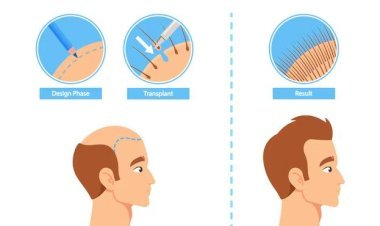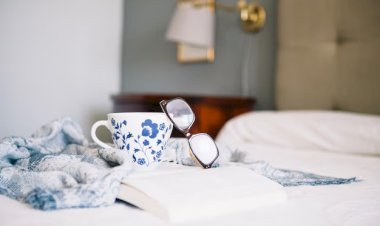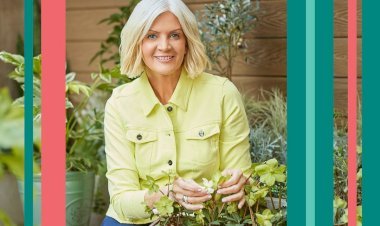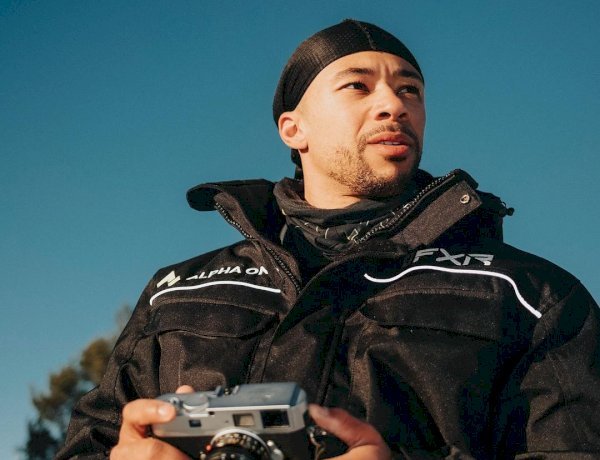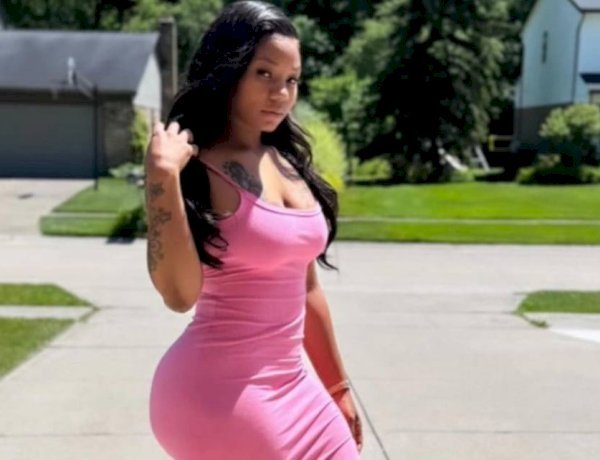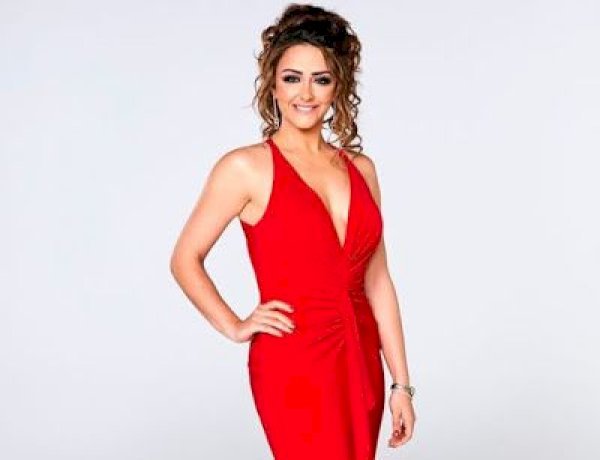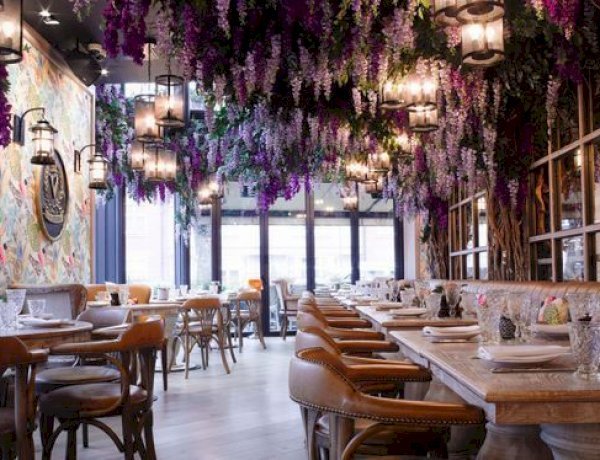How to Choose the Perfect Wedding Dress for Your Body Type
Discover how to choose the perfect wedding dress for your body type with expert tips, fabric guides, and popular dress styles. Find your dream dress and feel confident on your special day.

Choosing the perfect wedding dress is one of the most exciting yet daunting parts of wedding planning. Every bride wants to feel confident, comfortable, and beautiful on her special day. One of the best ways to ensure you look and feel your best is by selecting a wedding dress that complements your body type. This guide will help you understand how to choose the most flattering dress style to make your big day unforgettable.
1. Understanding Different Body Types

Before you start shopping, it's important to understand the most common body types:
- Hourglass: Balanced hips and bust with a defined waist.
- Pear-Shaped: Wider hips compared to the bust and shoulders.
- Apple-Shaped: Fuller midsection with slimmer arms and legs.
- Rectangle: Shoulders, waist, and hips are relatively equal in width.
- Petite: Shorter stature, usually under 5’4”.
- Tall: A taller frame with long legs and arms.
Identifying your body type will help you narrow down which dress styles will highlight your best features. According to a survey by The Knot, 58% of brides say that understanding their body shape significantly influenced their choice of wedding dress. Furthermore, the bridal fashion market continues to grow, with an emphasis on inclusivity and designs for all body types. Data from Brides magazine shows that 65% of brides consider comfort and body confidence the top priorities when selecting their gown.
2. Best Wedding Dress Styles for Each Body Type

- Hourglass: Dresses that accentuate curves, like mermaid and trumpet styles, are perfect for hourglass figures. According to fashion expert and bridal consultant Jane Smith, “A mermaid dress highlights the curves of an hourglass figure beautifully, creating a timeless look.” Additionally, industry data reveals that mermaid and trumpet gowns are among the top three best-selling styles for hourglass-shaped brides.
- Pear-Shaped: A-line or ball gown dresses work best as they balance out wider hips and draw attention to the upper body. A study conducted by Bridal Guide found that A-line dresses remain the most popular choice among brides with pear-shaped bodies due to their elegant and balanced silhouette.
- Apple-Shaped: Look for empire waist dresses that skim over the midsection and flow down gracefully. Designers like Maggie Sottero often recommend empire styles for their flattering fit, as these dresses create a smooth line from the bust down to the floor.
- Rectangle: Create the illusion of curves with sheath or A-line dresses that cinch at the waist. Dresses with embellishments, such as ruching and beading, are also highly effective for adding volume and creating curves.
- Petite: Opt for simple, body-hugging dresses like sheath or trumpet styles to avoid overwhelming a smaller frame. According to Brides magazine, petite brides often benefit from minimalistic designs with less fabric and clean lines, helping them appear taller.
- Tall: Embrace your height with mermaid, A-line, or ball gowns that emphasize your long frame. Vogue Weddings highlights that tall brides have the flexibility to experiment with a wide range of styles, including high necklines and dramatic ball gowns.
For brides who appreciate the timeless elegance of white dresses, there are plenty of stunning options available. If you need inspiration or want to explore beautiful styles, check out these white formal dresses for weddings that cater to every shape and preference.
3. Choosing Fabrics and Details to Complement Your Shape

The fabric of your wedding dress can make a significant difference in how it looks and feels:
- Hourglass: Structured fabrics like satin and lace accentuate curves. Designer Monique Lhuillier frequently uses these fabrics in her collections to create a flattering fit. The Knot reports that structured fabrics are popular among brides who want a form-fitting silhouette.
- Pear-Shaped: Light fabrics such as chiffon or tulle can soften the look of the hips and create a balanced appearance. Flowing fabrics add an ethereal touch that can elongate the figure.
- Apple-Shaped: Flowing fabrics like organza and tulle provide a graceful effect. Lace detailing and layered fabrics can create a soft silhouette without adding bulk.
- Rectangle: Dresses with beading, ruffles, or embellishments can add volume and create curves. Popular designers like Vera Wang incorporate textured elements to add dimension to rectangular body types.
- Petite: Lightweight materials like silk or crepe work best for avoiding bulky appearances. Martha Stewart Weddings suggests that petite brides opt for fabric that drapes effortlessly to avoid a heavy look.
- Tall: Almost any fabric works well, but structured styles help create definition. Elle Bridal highlights that tall brides can play with different textures and layers to add depth to their overall look.
4. Necklines and Sleeves That Flatter

Choosing the right neckline and sleeve style can enhance your overall appearance:
- Hourglass: Sweetheart and V-necklines flatter the bust and emphasize the waist. Bridal fashion consultant Rachel Miller says, “A sweetheart neckline is perfect for showcasing an hourglass figure, adding both elegance and a touch of romance.”
- Pear-Shaped: Off-shoulder and boat necklines draw attention to the upper body, balancing the lower half.
- Apple-Shaped: Scoop necklines and deep V-necks elongate the torso, creating a more balanced silhouette. Bridal Musings notes that brides with apple shapes often benefit from necklines that draw the eye upward.
- Rectangle: Halter and scoop necklines add dimension to the frame, making the body appear more curvaceous. Designer Jenny Packham often uses halter necklines in her dresses to add a touch of sophistication.
- Petite: High necklines and cap sleeves can elongate the figure, creating the illusion of added height. Bridal shops often recommend cap sleeves for petite brides looking to add a touch of elegance without overwhelming their frame.
- Tall: Strapless and halter necklines highlight long necks and shoulders. Harper's Bazaar suggests tall brides choose styles that showcase their natural elegance.
Read Also: Top Tips for Choosing Designer Glasses That Match Your Personality
5. Key Tips for a Comfortable Fit

Comfort is key on your wedding day, so here are a few tips:
- Try multiple styles: Don’t settle on the first dress you try. Explore different options to see what fits and feels the best. According to a report by WeddingWire, brides often try an average of four to six dresses before making a final decision.
- Allow for alterations: A tailored fit can make a huge difference in comfort and appearance. Martha Stewart Weddings recommends budgeting 10-15% of the dress cost for alterations to ensure a perfect fit.
- Move around: Ensure you can sit, dance, and move freely in your dress. A recent survey by Brides magazine showed that 72% of brides prioritize the ability to dance comfortably when selecting their dress.
6. Accessorizing Your Dress

The right accessories can elevate your wedding look:
- Belts and sashes: Highlight the waistline for a more defined shape. Bridal stylist Alex Johnson advises, “Adding a delicate sash can draw attention to your waist and create a beautiful silhouette.”
- Veils: Choose a veil that complements the dress style, whether short or cathedral-length. Cathedral veils are currently trending, with Bridal Fashion Week reporting a 30% increase in popularity over the past year.
- Jewelry: Less is more—choose elegant pieces that don't overpower the dress. Classic pearls or minimalist diamond studs are safe bets for a timeless look.
7. Mistakes to Avoid When Choosing a Wedding Dress

- Ignoring comfort: Ensure your dress feels good to wear for hours. A bride from Bridal Musings shared, “I loved my dress but wished I’d spent more time ensuring it was comfortable enough for a long day.”
- Skipping research: Have an idea of what styles suit your body before shopping. Doing some initial research can make your shopping experience smoother and more enjoyable.
- Not factoring in alterations: Budget for necessary tailoring to get the perfect fit. According to The Knot, around 80% of brides require alterations, so planning for this can help avoid last-minute stress.
- Following trends too closely: While it’s tempting to choose what’s currently fashionable, it’s more important to pick a style that complements your shape and feels timeless. Bridal consultant Emily Chen advises, “Trends come and go, but your wedding photos last a lifetime. Choose a dress that reflects your style.”
Conclusion
Choosing the perfect wedding dress for your body type is an essential step toward feeling your most confident and beautiful on your big day. By understanding your body type, selecting the right dress style, and considering factors such as fabric, necklines, and accessories, you can find a gown that truly complements you. Remember to prioritize comfort, allow room for necessary alterations, and explore different options until you find the one that feels just right. With thoughtful planning and these tips, you'll walk down the aisle not just looking stunning but feeling it, too.
FAQs
Q1: When should I start shopping for my wedding dress?
Ideally, start shopping 9-12 months before your wedding to allow time for ordering, fittings, and alterations.
Q2: Can I alter a wedding dress to better fit my body type?
Yes, most wedding dresses can be tailored to fit your body shape perfectly. Working with a professional seamstress ensures that your dress fits well and highlights your best features.
Q3: What are the most popular wedding dress styles in 2024?
A-line and mermaid dresses are currently among the most popular styles, with many brides also opting for modern twists on classic silhouettes.
Q4: How can I ensure my wedding dress is comfortable for the entire day?
Choose a dress that allows for ease of movement and has breathable fabrics. Make sure to try sitting, walking, and dancing in your dress before finalizing your decision.
Q5: Are there specific designers known for creating dresses for different body types?
Yes, designers like Pronovias, Essense of Australia, and Maggie Sottero are known for their inclusive range of dresses that cater to various body shapes.



